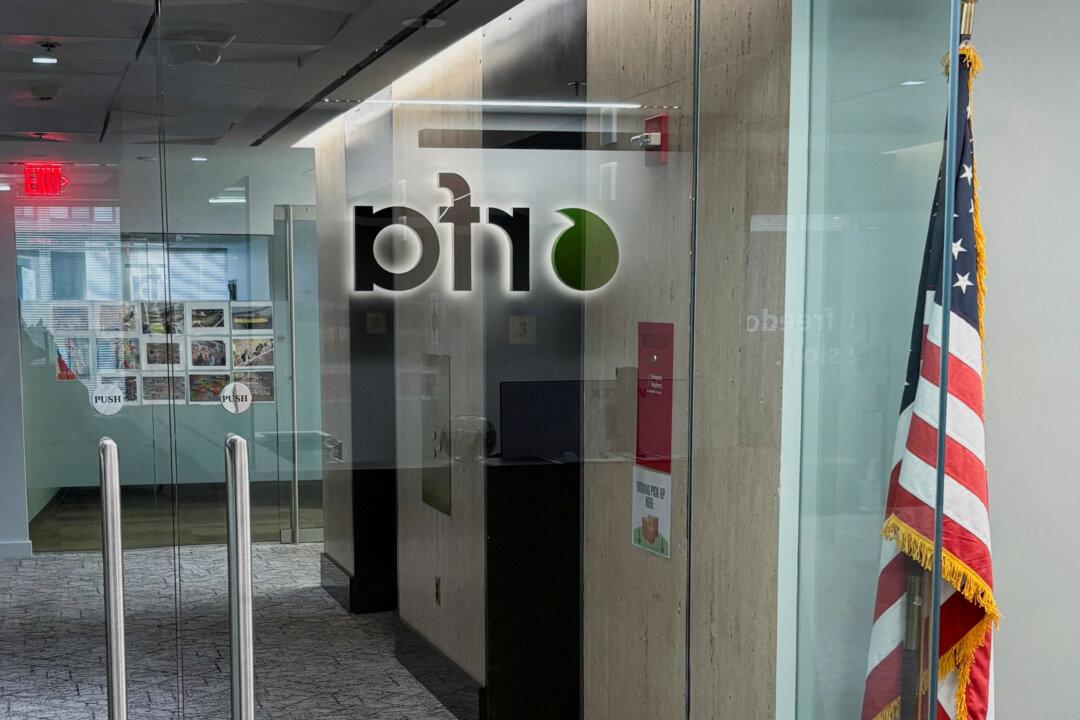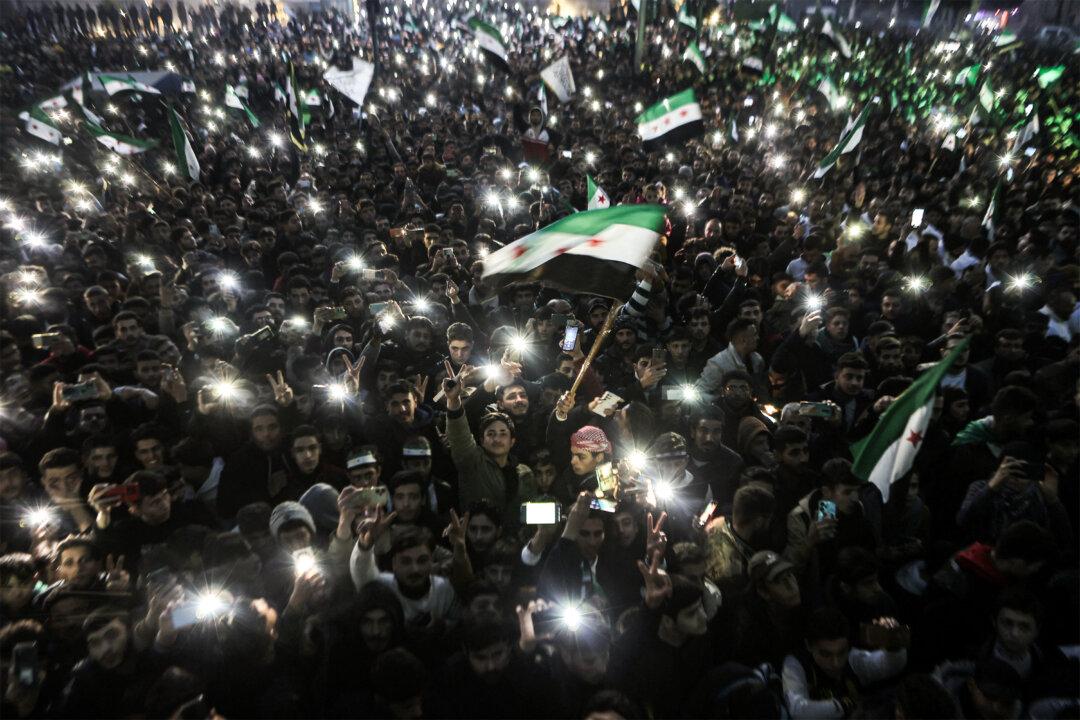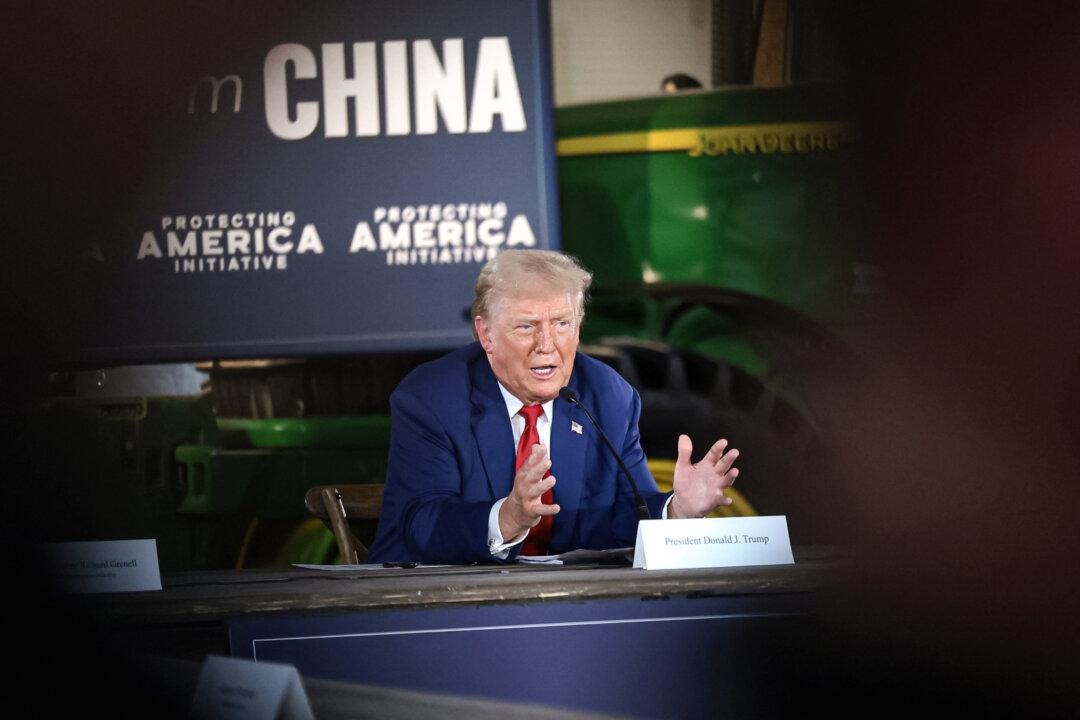Both media outlets are significant sources of information for Chinese people seeking alternative viewpoints to counter communist propaganda.
As U.S.–China tensions rise and the Chinese Communist Party (CCP) increasingly shows hostility toward the West, the United States will need VOA and RFA’s unique window into China—but not without change.
I still remember how we relied on VOA broadcasting during the 1989 student-led pro-democracy movement. I was in college at the time. Most of China was misled by the CCP’s propaganda, which claimed that not a single student was killed on Tiananmen Square and that so-called bad people who collaborated with foreign anti-Beijing forces were responsible for the deaths of Chinese soldiers. However, those of us who listened to VOA knew the reality was completely different.
RFA was established after the 1989 Tiananmen Square massacre, under the International Broadcasting Act of 1994, to make facts available to Asian countries with limited access to unrestricted media.
To Chinese listeners at the time, VOA represented the beacon of hope and freedom that America was all about, and RFA was more pro-democracy and anti-CCP. But that’s no longer the case.
Over the years, the CCP narratives have seeped into the organizations’ messages; VOA and RFA have hired many journalists from China.
My good friend Tang Baiqiao—a well-known political dissident and former student leader in the 1989 pro-democracy movement—used to be a regular contributor to VOA. However, about a decade ago, he discovered that he had been placed on a blacklist by a new manager, who was previously a reporter for Xinhua News Agency. This manager’s father was the chief correspondent for the People’s Daily in the United States during the 1980s and 1990s. As a result of this blacklist, Tang has been excluded from all programs, including one featuring Peter Navarro’s 2011 book “Death by China,” for which he wrote the foreword.
More and more mainland Chinese faces have shown up in VOA and RFA. Statutorily, the organizations cannot disqualify job candidates by affiliation with the CCP. Hence, top talent from China’s outlets like Xinhua News Agency and Chinese Central Television (CCTV) easily outperformed others in the hiring process.
Consequently, the tones of VOA and RFA have become subtly more favorable to the CCP. Tang describes it as “minor criticism lending a big help.” That is a media category in the CCP’s united front strategy; sometimes, those who appear to be critical of the CCP have more influence and can be used sporadically to assist with critical communist narratives.
Such Chinese individuals have also infiltrated the management of VOA and RFA. Together with managers with a left-leaning mainstream media background, they can no longer be trusted to expose the CCP’s evildoings.
Such is the sad reality for their loyal Chinese audience.
In 2006, when the news broke about the CCP killing prisoners of conscience for their organs, I took the Chinese whistleblowers to meet an editor at a liberal media outlet in Washington. The editor arrived with a reporter from CCTV and said the person was interning through a partnership program.
One of the whistleblowers with a journalism background immediately turned pale and fled the room. He knew that overseas journalists from Chinese media agencies were spies.
Many seasoned liberal media journalists end up working at the VOA’s Central News Office, managing the editorial guidelines.
Now, amid rising tensions between the United States and the CCP, the United States must maintain a Chinese-language news platform representing American values.
In particular, VOA, with its legacy of more than 80 years, has served as a vital soft power asset for the United States.
Therefore, I am cautiously optimistic that VOA and RFA will survive by refocusing on their original missions.








